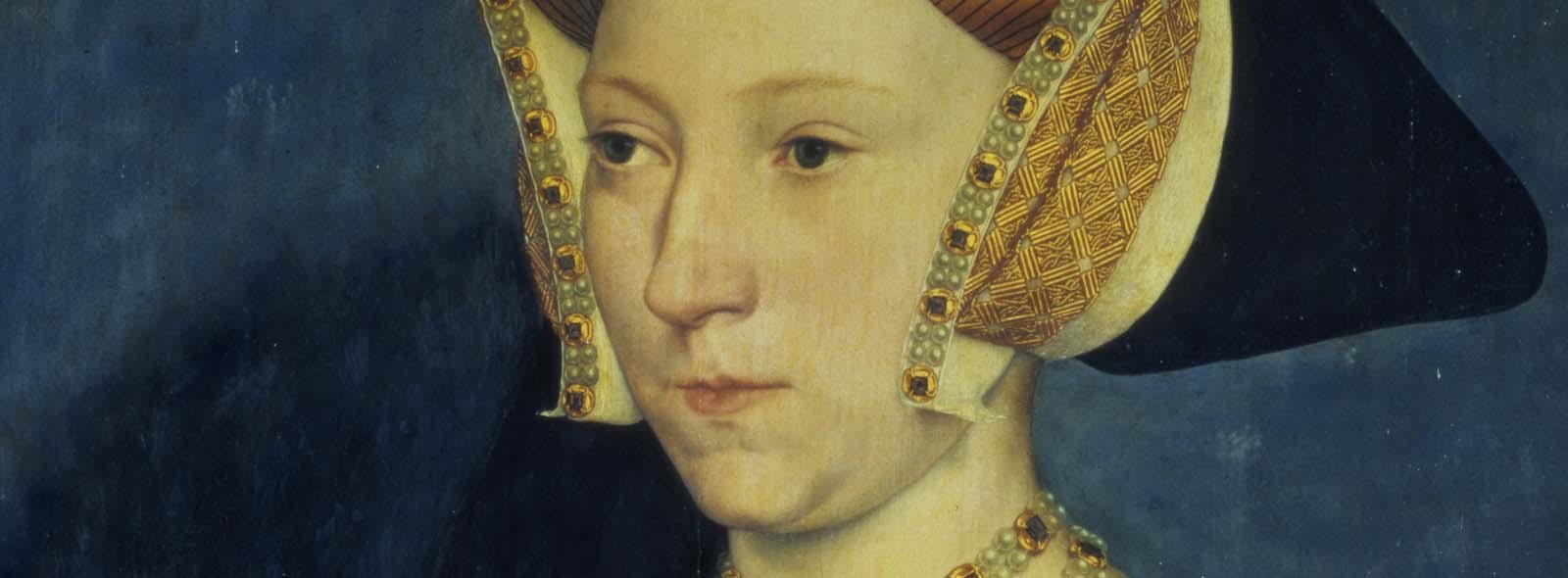
Henry's third and favourite wife
Jane Seymour, Henry VIII's third wife, didn't last long, but she delivered. She married Henry 11 days after Anne Boleyn’s execution, and died giving him a longed-for son.
But was Jane a helpless victim or secret schemer? Probably a bit of both.
Image: Jane Seymour by Hans Holbein the Younger © Bridgeman Art Library
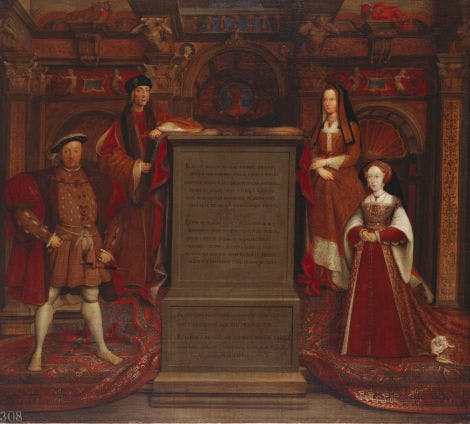
Why did Henry marry Jane?
We don’t know much about Jane Seymour's motivations. Like all of Henry VIII's wives, she has left very little personal testimony behind to tell us how she felt.
Her family were rich, but relatively powerless (until Jane’s marriage sealed their royal connections), so they may have pushed her forward at court.
Image: Henry VII, Elizabeth of York, Henry VIII and Jane Seymour, Royal Collection Trust/© Her Majesty Queen Elizabeth II 2017
No great beauty
Jane’s looks weren’t her strong point, if we choose to believe the Spanish ambassador. He described her as 'of middle stature and no great beauty'. He even speculated about her virtue, wondering if it had been Jane’s talents in the bedroom that had first attracted the King!
Henry apparently wrote affectionately to Jane, a lady-in-waiting at court, while he was still married to Anne Boleyn.
Did you know?
Jane’s motto was, fittingly, ‘Bound to obey and serve’

A swift seduction
Jane first appeared at court as early as 1529, and served as a lady-in-waiting, probably to both Katherine of Aragon and afterwards Anne Boleyn. She would have witnessed many of the dangers and rewards of a relationship with the King at first hand.
Henry’s courtship of Jane may have started as early as 1534, and the King certainly wrote and sent her gifts the following year. Jane seems to have – demurely or tactically – refused the King’s advances.
But their relationship must have been established by the time Anne Boleyn was in the Tower of London: Henry and Jane married only 11 days after Anne’s execution.
Left: Henry VIII by Hans Holbein the Younger, © National Portrait Gallery
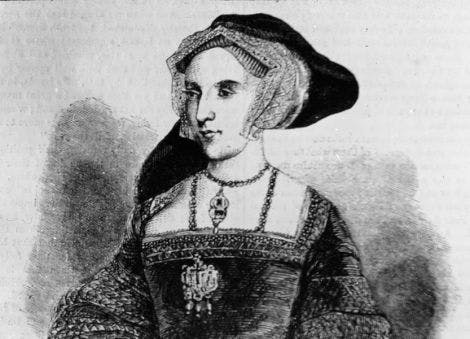
If good prayers can save her life, she is not like to die, for never lady was so much plained [lamented] with everyman, rich and poor.
Hopes for Jane’s recovery expressed at St Paul’s Cathedral, 1537

The birth of Prince Edward
Jane provided Henry with what he most wanted: a son.
Prince Edward was born at Hampton Court Palace in the early hours of 12 October 1537. Jane developed post-natal complications after a difficult birth.
She witnessed part of Edward's elaborate christening procession at Hampton Court but her condition worsened.
The death of Jane Seymour
Jane died around midnight at Hampton Court, two weeks after giving birth to Edward, aged 28. Henry was heartbroken.
Image: Portrait of Edward VI as a child, Hans Holbein the Younger © Bridgeman Images
Victim or schemer: Which was Jane?
Jane's marriage to Henry VIII advanced the fortunes of the ambitious Seymour family. Was Jane powerless to resist the King, or did she plot with her family to become Queen?
Victim
By dying at the height of her 'success' Jane left the impression of perfection; a loyal queen who dutifully provided an heir to the throne and sacrificed her life doing so. Perhaps she really was simply a meek victim of Henry’s dynastic quest.
Schemer
On the other hand, Jane may have skilfully managed the King’s courtship to achieve her own ambitions or to place her family on the centre-stage of court politics, just like Anne Boleyn. We just remember her differently because Jane and Anne had different fates.
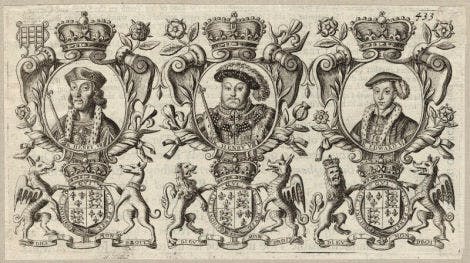
Tudor line
The Seymour family would continue to play their part in the dangerous political word of the Tudors, however both Jane's brothers would eventually be executed for treason. Henry VIII's long-awaited son would succeed him to the throne as Edward VI.
Image: King Henry VII; King Henry VIII; King Edward VI, © National Portrait Gallery, London
Watch Henry VIII: love, sex and marriage
Experts discuss love, sex and marriage in Henry VIII's Tudor England.
Video Transcript of Henry VIII: love, sex and marriage
Follow along with an interactive transcript of Henry VIII: love, sex and marriage on YouTube. A link to open the transcript can be found in the description.
Listen to the podcast
In this episode of The Six Tudor Queens, we’re talking about Queen number three, Jane Seymour. Once again, Tracy Borman is joined by a fantastic guest, Dr Nicola Tallis, who will bring Jane to life for us.
Always thought of as the favourite wife, Jane Seymour is best known for giving birth to the male heir that her husband so desired, and for being the one in the rhyme who sadly died. But we don’t know very much about her as a woman and as an individual.
This six-part series aims to do The Six Tudor Queens justice by stripping away unhelpful narratives and myths, to better understand them as women in their own time.
More episodesBROWSE MORE HISTORY AND STORIES
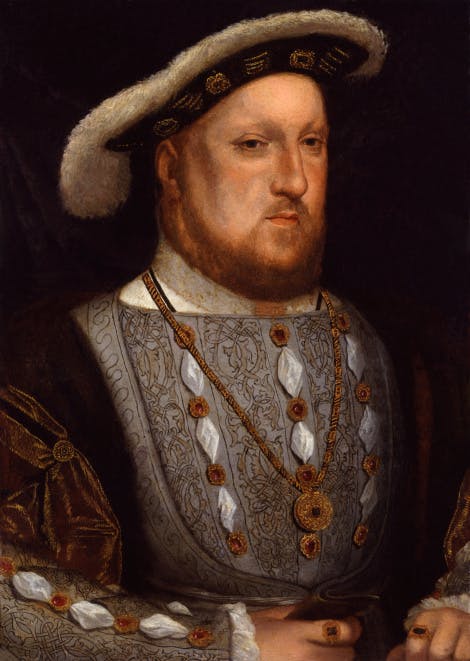
Henry VIII, Terrible Tudor?
Who was the real Henry VIII?

Henry VIII's children
All three ruled England
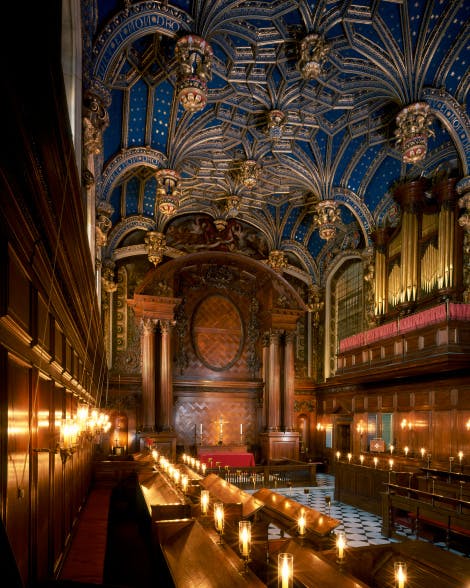
The story of Hampton Court Palace
Home of Henry VIII and the Tudor dynasty
EXPLORE WHAT'S ON

- Things to see
Wolsey Closet
Explore this hidden Tudor space that is thought to be the only surviving room of Cardinal Wolsey's apartments.
- Open
- In line with palace opening hours
- Hampton Court Palace
- Included in palace admission (members go free)

- Things to see
The Wilderness
Wander through this treasure of the Hampton Court Gardens, which was once Charles II's formal pleasure garden and is now a wild meadow.
- Open in line with palace opening hours
- Hampton Court Palace
- Included in palace admission (members go free)

- Things to see
Royal tennis at Hampton Court
Learn more about the favourite game of Henry VIII at the Royal Tennis Courts at Hampton Court Palace.
- Open
- Hampton Court Palace
- Included in palace admission (members go free)
Shop online
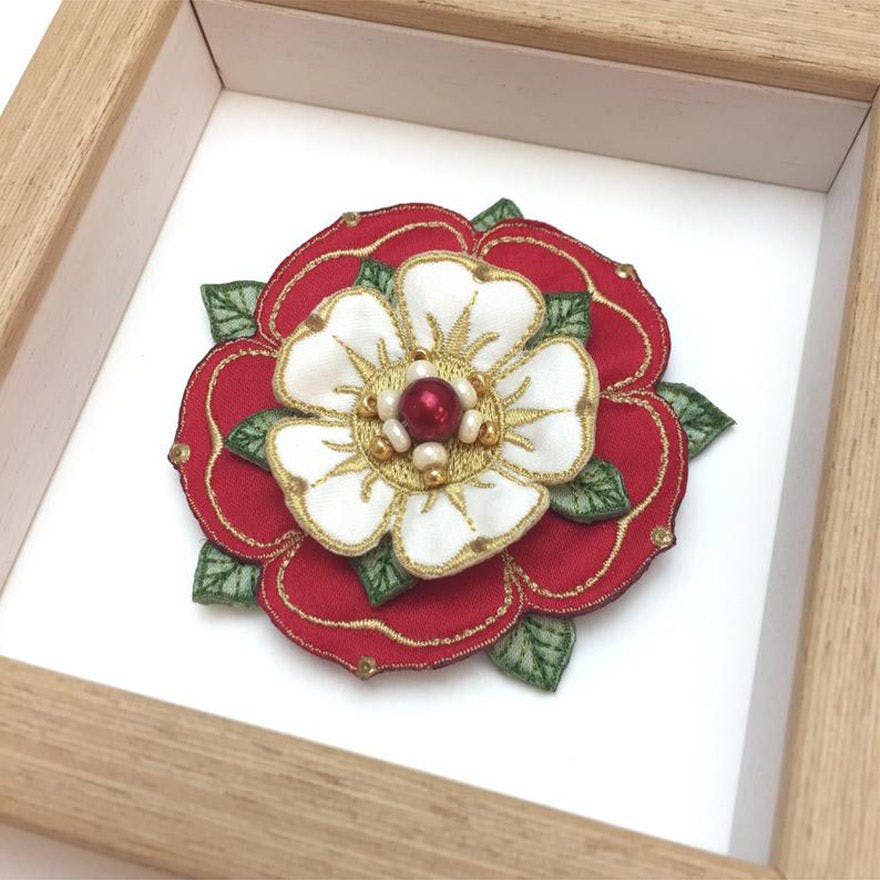
Shop Tudor gifts
Browse through our Tudor Collection to find a whole range of products based on the Tudors.
From £3.00
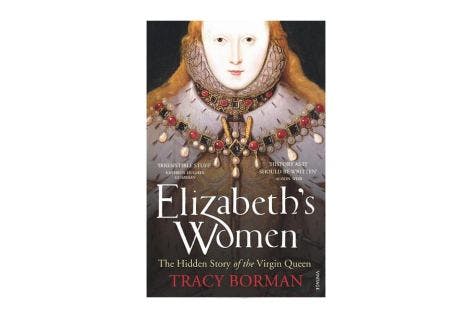
Elizabeth's Women by Tracy Borman
Discover the world of Elizabeth I with this insightful look at Elizabeth's relationship with woman and how they helped to shape her into a remarkable monarch. This thrilling book explores the lesser known side of Elizabeth I who is often portrayed as a ruthless 'man's woman'.
£16.99
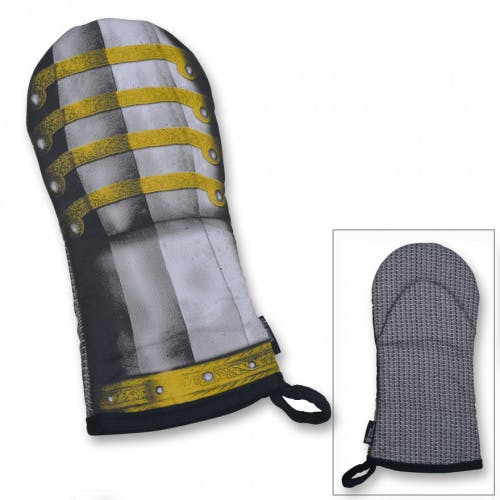
Henry VIII gauntlet armour oven glove
This fun oven glove has been inspired by a suit of armour made for Henry VIII in 1540, which is on display at the Tower of London.
£18.00
